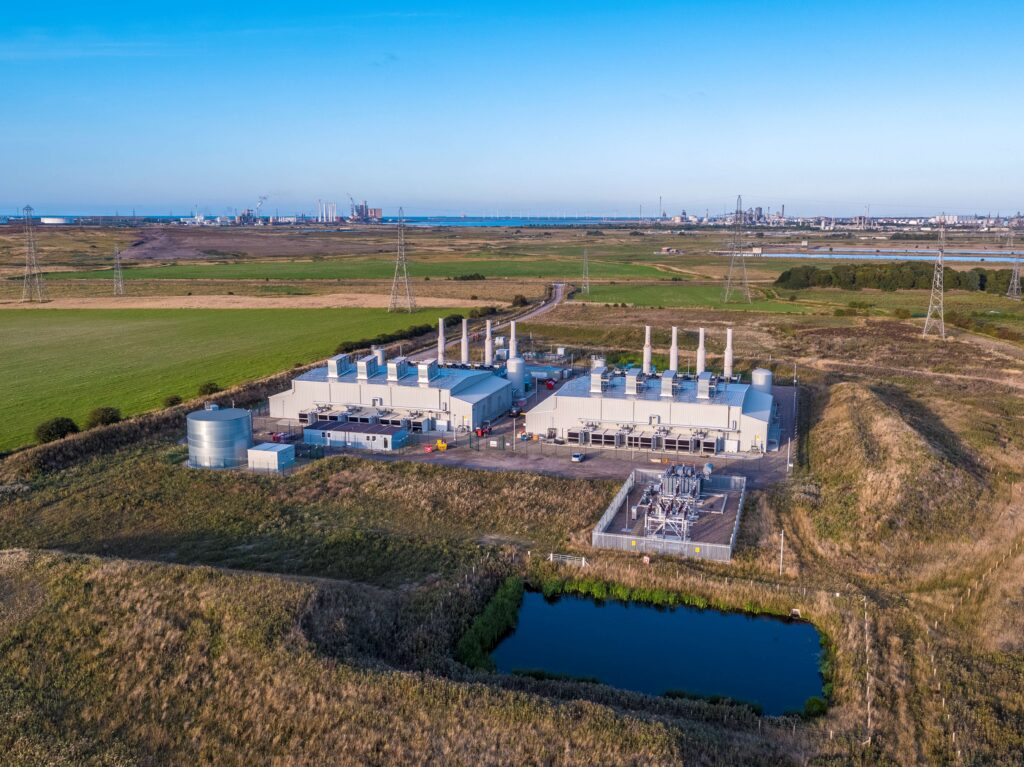In the first three years since the ground-breaking North Sea Transition Deal (NSTD) was signed in 2021, the UK’s offshore energy industry is on track and delivering strong progress on milestone projects.
As the first of its kind among G7 countries, the Deal set out an ambitious plan for how the UK offshore oil and gas sector and the UK Government would work together to deliver the skills, innovation and infrastructure required to meet the UK’s carbon reduction targets.
Since its inception, the Deal has become a platform to accelerate the move to a more sustainable and low-carbon energy mix. It is re-shaping the UK’s energy sector, helping to re-purpose its supply chain and creating a new generation of skilled jobs and opportunities at the heart of a net zero future.
In addition to the sector achieving net zero by 2050, the deal seeks to safeguard and transition thousands of existing jobs while creating another 40,000 new jobs by 2030, in areas including offshore wind, carbon capture storage (CCS) and low carbon hydrogen production.
Marking its 3-year anniversary the Deal has seen significant progress across its five key commitments that encompass supply chain transformation, carbon capture and storage, people & skills, hydrogen production and decarbonisation of the UK’s energy supply.
Mike Tholen OEUK’s Sustainability and Policy Director said: “Carbon emissions are down more than 24 percent compared to 2018, we expect the green light to be given to invest in the first “Tranche 1” carbon capture and storage project and 21 licences have been awarded for offshore carbon storage.
“Electrification of North Sea offshore installations will accelerate the decarbonisation of our energy supply. This is being pursued, with exclusivity agreements already awarded to 13 projects seeking INTOG (Innovation and Targeted Oil & Gas) licences for wind generation which will facilitate this.
“Along with developing tools to aid diversity and inclusion in leadership and recruitment practices, there’s good progress on a shared skills passport that will enable people to move seamlessly across the different types of energy opportunities offshore.”
Within the past two years, the industry has taken great strides to drive the supply chain transformation required to deliver net zero. In 2023, it published the ‘Harnessing the Potential’ Supply Chain RoadMap which outlines how the UK’s world-class companies can transform to support jobs, economic growth, and innovation well into the future.
Building on that framework, OEUK established its Supply Chain Investment Taskforce to focus on what must be done to attract investment in the sector and identify where urgent action is required to drive change.
Mr Tholen added, “The UK’s ambition to produce 10GW of low carbon hydrogen by 2030 has continued at pace. A UK Hydrogen Strategy is now in place plus an Energy Act introduced by government that sets out business models for hydrogen. 2023 saw the Government award funding to 11 successful electrolytic hydrogen projects under its first hydrogen allocation round, more than has been achieved anywhere in Europe.”
The offshore energy sector has achieved progress in the development of Carbon Capture and Storage, an essential technology needed to meet net zero. The UK is in a strong position to reach the target of capturing and storing 20-30 million tonnes per annum by 2030.That is thanks to the high transferability of existing oil and gas expertise and associated supply chains into CCS, coupled with the carbon storage potential on the UK Continental Shelf, which is the largest in Europe.
With progress on the Deal progressing at pace, the UK offshore energy industry has become a showcase for how a mature economy can positively deliver an energy transition while making the most of its existing skills, resources and capabilities.
The sector is leading the way for other countries to learn from. In the past three years, OEUK has hosted delegations from around the world including South Africa, Malaysia, and the Netherlands’ Element NL association. Most recently, with Canada looking to the UK as a global leader and ally on Net Zero transition, OEUK welcomed a group of Canadian energy journalists and government diplomats from Calgary in Canada.
Mike Tholen also said:
“2024 is an important year for the delivery of the NSTD. With an upcoming general election and re-focus of business priorities, it is more important than ever to use the Deal as a springboard to ensure energy security. OEUK’s priority will be to ensure our industry holds steady on its course to become a leading green industrial power, offering high quality employment for a skilled workforce driving strong economic growth.”
As part of the Deal, industry aligned upon a challenging commitment to reduce emissions associated with oil and gas production by 50% by 2030. To date, industry has made significant progress achieving a 24% reduction in total greenhouse gas (GHG) emissions since 2018, and a 45% reduction in methane emissions.
The draft OGA plan, released for consultation in late 2023, provides greater specificity on how the regulator expects industry to meet decarbonisation targets. In response to this consultation, OEUK provided a clear recommendation for industry to demonstrate ongoing ownership of the decarbonisation journey, with regulatory intervention available as a backstop if required.
A study to evaluate how the industry will meet decarbonisation targets commenced in early 2024. Using operator submitted forecasts, which are submitted to NSTA on an annual basis, a granular representation is being created.
Initial findings show a clear commitment from industry to meet the 2030 target of a 50% reduction of GHG emission based upon the 2018 baseline. The study is taking a collaborative approach to its work and will include the role that technology can provide in delivering current and future decarbonisation solutions which are not limited to electrification. A formal industry decarbonisation report is expected to be issued in late April 2024.
Share this article




